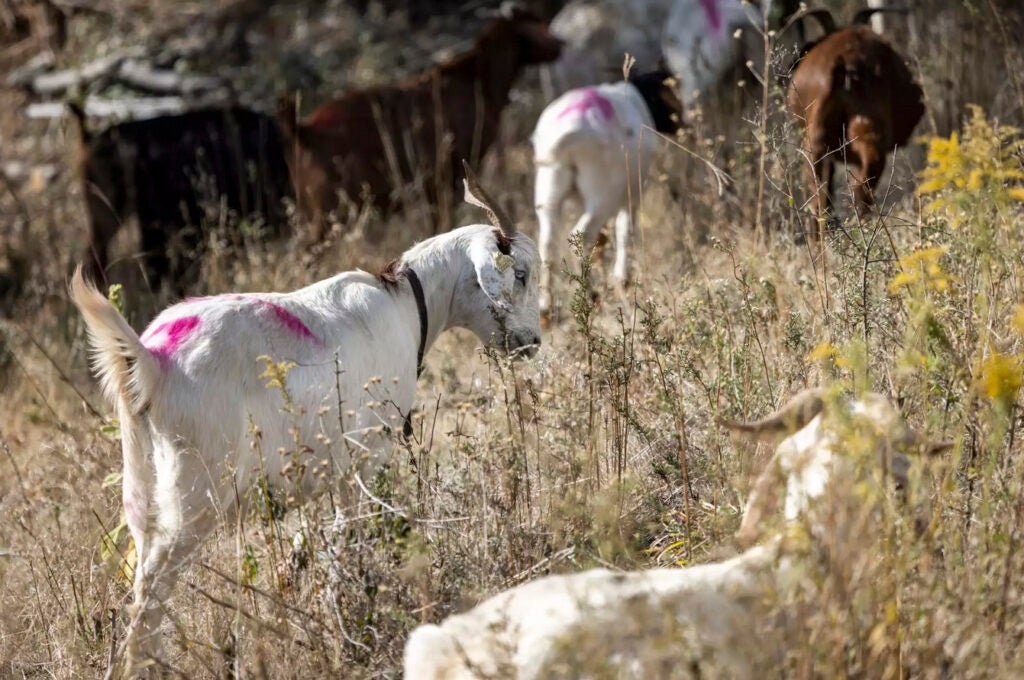Goat contracts bird flu on Minnesota farm
Published 11:36 am Wednesday, March 20, 2024

- A herd of Boer and Spanish goats graze in St. Paul on Oct. 20, 2022. Ben Hovland/MPR News
|
Getting your Trinity Audio player ready...
|
By Dan Gunderson, Minnesota Public Radio News
A young goat on a Stevens County farm has tested positive for the highly pathogenic avian influenza virus, according to the Minnesota Board of Animal Health.
The agency said the detection is the first known U.S. avian influenza infection in domestic ruminants, which include cattle, sheep and goats.
Earlier this month the owner notified the Board of Animal Health about unusual deaths of young goats. A backyard poultry flock on the same farm was depopulated in February after testing positive for avian influenza. The goats and poultry shared space and a water source.
One of the goat carcasses tested positive for HPAI.
“This finding is significant because, while the spring migration is definitely a higher risk transmission period for poultry, it highlights the possibility of the virus infecting other animals on farms with multiple species,” said State Veterinarian Dr. Brian Hoefs.
“Thankfully, research to date has shown mammals appear to be dead-end hosts, which means they’re unlikely to spread HPAI further.”
Samples from the adult goats were negative for HPAI and no additional sick goat kids have been reported on the farm since March 11, according to the BAH.
Avian influenza has been previously diagnosed in other mammals including skunks, dogs and cats. Animals with weakened or immature immune systems are at higher risk of contracting disease, officials said.
More than six million domestic turkeys and chickens in Minnesota have died as a result of avian influenza since the outbreak began in early 2022.
The USDA has tracked more than 200 detections of HPAI in mammals across the country.
Officials said the risk to the public is extremely low, and any risk of infection is limited to people in direct contact with infected animals. Officials said during the current outbreak, there have been no cases of people in the United States sickened after contact with mammals infected with the virus.




